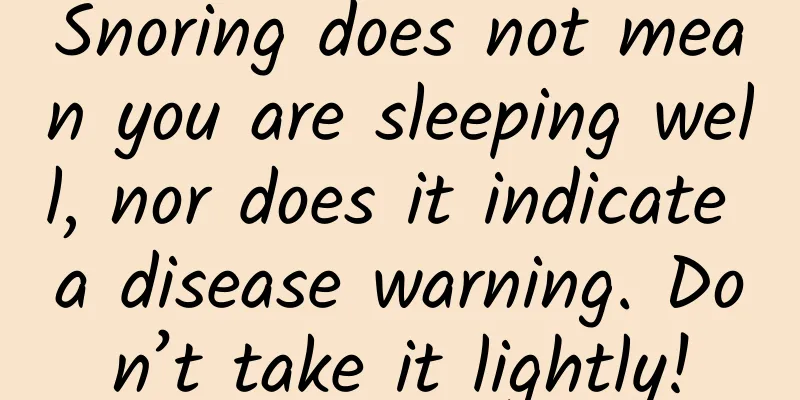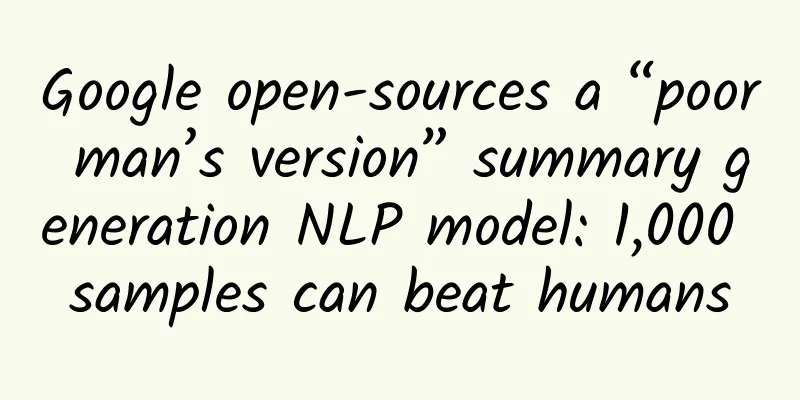Q: In the AI world, which company is the best at bulldozer production?

|
If someone asks you, "Which company has the best excavator technology?" You will probably remember this famous advertising slogan: "Look for Lanxiang in Shandong, China." (No advertising, no advertising.) What if we change the subject and ask in a different way, "In the world of artificial intelligence (AI), which bulldozer is cooler?" What is a possible answer? Come, let’s fight with some pictures first. How about it? Aren’t the various bulldozers very cool and full of artistic atmosphere? But in fact, their real-life template is just the ordinary, "Bumblebee"-colored bulldozer below. When an ugly bulldozer meets Van Gogh's "Starry Night," something magical happens. The "magics" who allow the bulldozer to transform itself into anything it wants come from Cornell University and Adobe Research. It is reported that they can use artificial intelligence technology to incorporate the style of famous works of art into any 3D scene. Moreover, this latest technology can show higher quality details than previous studies. Figure | The new method shows fewer geometric artifacts (Source: arXiv) In addition to the "Starry Night" style, the research team also successfully matched a pickup truck with the artistic style of Edvard Munch's "The Scream", with better integration effects both in terms of color matching and detail presentation. (Source: arXiv) The related research paper, titled “ARF: Artistic Radiance Fields”, has been published on the preprint website arXiv. According to the paper, the reason for the improved conversion quality is that the research team's artificial intelligence technology can directly compare the details between the original image and the new style 3D scene. Previous artificial intelligence technologies only converted image features into a more compact statistical set for analysis, thus losing a lot of original details. In this regard, Kai Zhang, one of the authors of the paper, said, "We tried to really capture subtle artistic styles, like the brushstrokes of Starry Night. This is very important for human perception because our eyes are very sensitive to local details." In this work, the research team demonstrated that the nearest neighbor feature matching (NNFM) style loss is very effective in capturing style details while maintaining consistency across multiple views. Figure|Getting consistent free viewpoint style renderings based on NNFM (Source: arXiv) At the same time, they also proposed a new deferred back-propagation method that uses style losses defined on full-resolution rendered images to optimize memory-intensive radiance fields. Figure | Schematic diagram of delayed back propagation (Source: arXiv) In addition, they showed videos of 5 different 3D scenes in 5 different artistic styles in an online survey. Compared with previous AI technologies, their AI technology was more popular, accounting for more than 86%, and obtained more points. Creating artistic images often requires a great deal of time and special expertise, and extending artwork beyond the 2D image plane into dimensions such as time (in animation) or 3D space (in sculpture or virtual environments) presents many limitations and challenges. The research team said that this latest style transfer technique is expected to be used in the animated film and game industries in the future to manually fine-tune style templates before use. In addition, this technology is also applicable to photorealistic style transfers, such as converting the Statue of Liberty at noon to the Statue of Liberty at sunset. However, this technology also has many limitations. For example, when capturing a 360-degree visual scene, it still requires the help of multiple cameras or drones that can hover and capture views from multiple angles. Furthermore, it may take up to 20 minutes for the algorithm to successfully run once. This is a very time-consuming process as people may try different styles through trial and error. To this end, the research team will focus on improving the efficiency of content generation in their subsequent work. Perhaps one day in the future, this technology will be used on the smartphones that everyone uses. References: https://arxiv.org/abs/2206.06360 https://www.cs.cornell.edu/projects/arf/ https://github.com/Kai-46/ARF-svox2 |
<<: What is life? The Turing test may give the answer
>>: Wearing a mask will make people sick? It's not that easy!
Recommend
3D facial recognition is collectively abandoned by Android manufacturers, will under-screen fingerprint take over?
The 3D face recognition technology that was popul...
What does the stamp on the pork prove?
As a meat lover, I believe everyone must love por...
How to screen for the 9 most common cancers? The more expensive, the better!
Source: Youlai Healthy Life...
Go to the Xisha Islands to see the sea? No, go to see the soil!
“After returning from Xisha, I didn’t look at the...
Homemade pickles, raw pickled seafood, etc. are healthy and delicious? Homemade food has risks
Author: Wang Lu, Chinese registered dietitian, Ma...
The goldfish has been wronged for so long, will it really eat to death?
Goldfish don’t die from being “overfed”, they die...
This satellite can be called the "eyes" and "brains" for analyzing carbon dioxide changes
Produced by: Science Popularization China Author:...
Are wildfires so difficult to put out? Should we just let them burn?
In early January 2025, another wildfire began to ...
The mystery of dark energy: Is the force behind the universe's expansion variable?
Author: Duan Yuechu and Huang Xianghong There are...
[Pearl Science] A Scientific Look at Nano Pearl Powder
Nanomaterials refer to materials that have at lea...
How do mini program development companies use mini programs to realize marketing scenarios?
How do mini program development companies use min...
Buying second-hand saves money and is environmentally friendly, but how can you avoid making mistakes?
Have you been eyeing a new camera, game console o...
Fish don't have hands, so what do they do when they feel itchy? | Nature Trumpet
Welcome to the 20th issue of the Nature Trumpet c...
"King of Metal" - Why are most metals named after it?
Gold is a popular precious metal that is so valua...
To improve the conversion rate of product details page, you need to do these four things
Generally speaking, the product details page we a...









